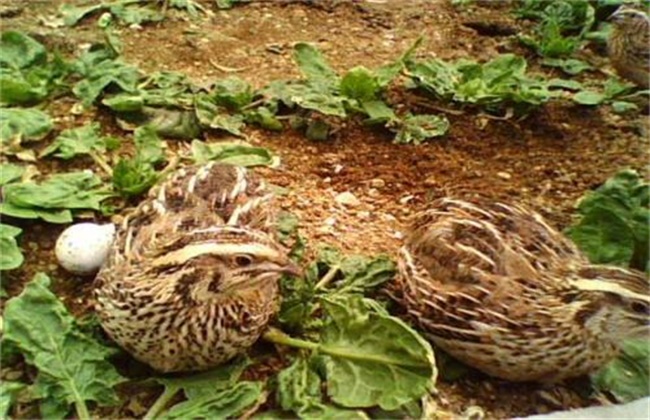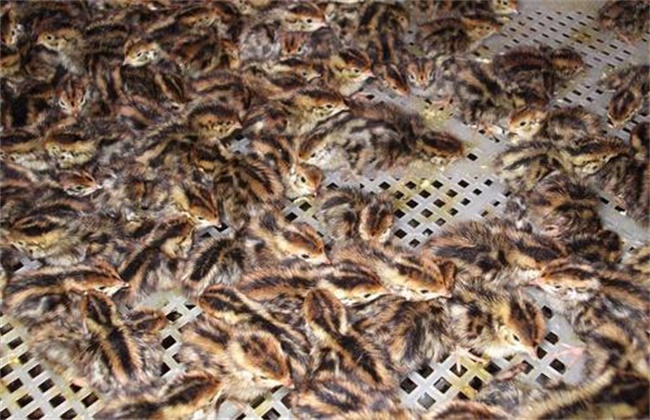Fattening techniques of beef cattle in autumn
At present, it has entered autumn, the forage grass is relatively rich, and the temperature is more suitable, which is the best time for raising cattle and fattening. At this time how to feed, how to complete the fattening work, pay attention to some minor problems during the period. Feed according to the growth rule of beef cattle in autumn. Let's take a look at how to fatten up in autumn.

1. Reserve feed
Forage, straw and rice straw were used to treat roughage by silage, microsilage and ammoniation. The energy feed is mainly corn. Protein feeding is bean cake with better nutrition. Silage can keep juicy and improve palatability. Microsilage requires the addition of highly active starter for anaerobic fermentation. Make silage work better. The things that need to be ammoniated are straw and straw, which are soft and fragrant after treatment. However, ammonia treatment is needed after ammoniation to avoid poisoning.
2. Ventilation management
It can still grow between 5 degrees and zero degrees, and many people think it is better to keep warm. The cowshed built is very closed and has good thermal insulation, but it is not easy to drain moisture, the humidity is too high, and the growth of cattle slows down, so the barn must be ventilated and do not rush to keep warm. Ventilation facilities should be complete when it is built. There is a need to let cattle receive light, graze in sunny days, will not come out after winter activities, easy to get sick, ventilation can avoid the disease.
3. Feed acidity
The best acidity of the feed is 5.0, the fermentation will inevitably produce acid, the acidity is too high, it is not good for digestion and irritation damage to the digestive system. It also has an effect on teeth. Generally adding a small amount of urea can solve the problem. Sometimes the acidity is too high and the hair is burnt, so it is better to feed the concentrate feed with baking soda.
4. Points for attention
General livestock can not eat grass with dew, it is not good for the body, can not absorb nutrients, easy to accumulate flatulence. Corncobs are sweet and cattle like to eat, but if they are not digested, they will produce toxic substances and are prone to flatulence. Walking in the wild, cow hooves should pay attention to management, easy to get sick. Pastures are planted with forage grass suitable for cattle, grazing as long as it doesn't rain in the early autumn, pay close attention to fattening.
The critical period for fattening beef cattle is autumn, but it is also necessary to prepare for the transition to winter. A reserve of feed is needed. It is also necessary to do a good job in management and improve feed quality.
Related
- On the eggshell is a badge full of pride. British Poultry Egg Market and Consumer observation
- British study: 72% of Britons are willing to buy native eggs raised by insects
- Guidelines for friendly egg production revised the increase of space in chicken sheds can not be forced to change feathers and lay eggs.
- Risk of delay in customs clearance Australia suspends lobster exports to China
- Pig semen-the Vector of virus Transmission (4)
- Pig semen-the Vector of virus Transmission (3)
- Five common causes of difficult control of classical swine fever in clinic and their countermeasures
- Foot-and-mouth disease is the most effective way to prevent it!
- PED is the number one killer of piglets and has to be guarded against in autumn and winter.
- What is "yellow fat pig"? Have you ever heard the pig collector talk about "yellow fat pig"?



